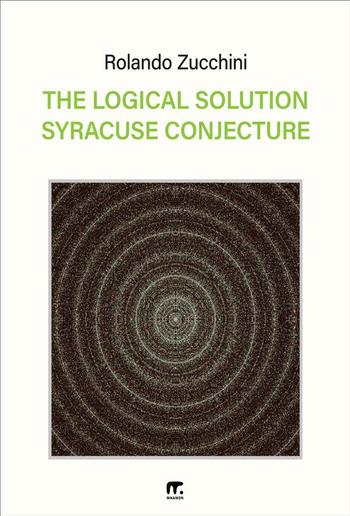
Rolando Zucchini - The logical solution Syracuse conjecture
The logical solution Syracuse conjecture
Rolando Zucchini
Description
The conjecture of Syracuse, better known as the Collatz conjecture, in this paper is approached from a completely different point of view than many previous attempts, by highlighting some of its features. One of them suggests a process that leads to Theorem 2n+1 whose proof solves the conjecture in a complete and definitive way. Theorem 2n+1 subdivided the set of odd numbers in seven subsets which have different behaviors applying algorithm of Collatz, and allow us to replace the Collatz cycles with the cycles of links, transforming their oscillating sequences in monotone decreasing sequences, which, after a finite number of steps (very low), falls down to 1 always respecting the final cycles {10; 5; 4; 2; 1} or {7; 5; 4; 2; 1}. Binomial inequalities listed in General Summary N(s) ≤ 21 cover circa 96% of N. By Theorem of Independence we can organize the cycles of links as we like, also for to reach very high main horizons θ(m) and when we decide go back to the lower horizon θ(l) < θ(m). In this article it is proved that Collatz conjecture is not entirely confirmable because there are an infinitum number of possible links. It is a sort of circle quadrature or the paradox of Achilles and the tortoise. For every biggest horizon we are able to cover by binomial inequality after N(s) steps, there is an upper horizon that needs a greater number of steps to become lower than itself. In other words: BIG CRUNCH is always possible, but BIG BANG has no End. However the conjecture is fully demonstrated, and we can claim surely that its initial assertion is true.

